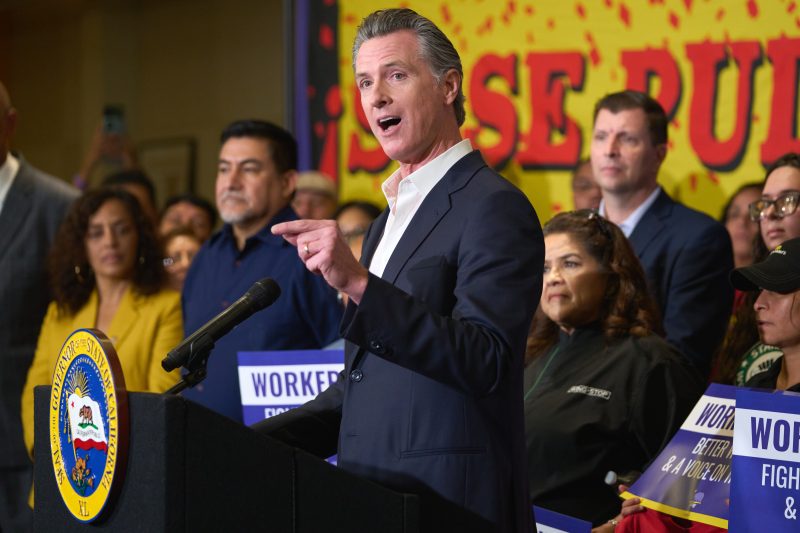California Governor Gavin Newsom is facing a tough decision as he decides on a successor to outgoing Senator Dianne Feinstein. Newsom has earned praise from both sides of the aisle for his decision-making ability and his willingness to take on difficult decisions, but this one may feature the ultimate test of Newsom’s governing mettle.
The trend of female representation in the U.S. Senate should be maintained by Newsom’s decision, likely prompting him to select a woman to take Feinstein’s place. Women currently occupy 24 of the 100 Senate seats, a number that has steadily increased since the first female Senators were elected in the 1940s but not one which approaches parity. Though Newsom may seek to appoint a woman to Feinstein’s seat as quickly as possible, the decision is not to be taken lightly.
At the same time, race is another major consideration. California has the highest percentage of Latinx citizens of any other state in the nation and has been sharply critical over recent displays of racism from both the federal government and local law enforcement agencies. With Latinos comprising 39.4 percent of California’s population, the Governor may be inclined to select a Latino (or Latina) to represent the state in the Senate, affirming the importance of the Latinx community and their contributions to America. Hispanic Americans remain historically underrepresented in the U.S. Congress, which could highlight the importance of representation through this appointment.
Additionally, the political future of California must be addressed. Republicans have had little success in California over the last 30 years and this election is unlikely to bring any change to that trend. As such, Newsom’s decision could be informed by the desire to select a Democrat that aligns with the liberal values of Californians. Not only must the appointee reflect the current political landscape of the state, but also must have a strong platform on issues that will undoubtedly be brought before the Senate, such as immigration reform and climate change.
At the intersection of these various considerations is Governor Newsom’s decision, one which will set the tone for the U.S. Senate and the political future of California. Identifying the root of these competing pressures and finding a way to balance them will be essential to the success of this appointment. Only then can the Governor hope to make the best decision for both California and the nation.
